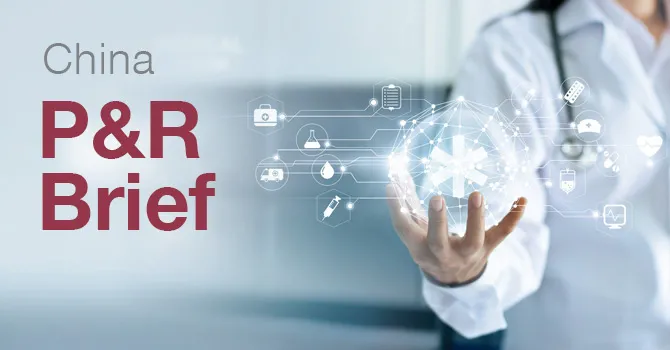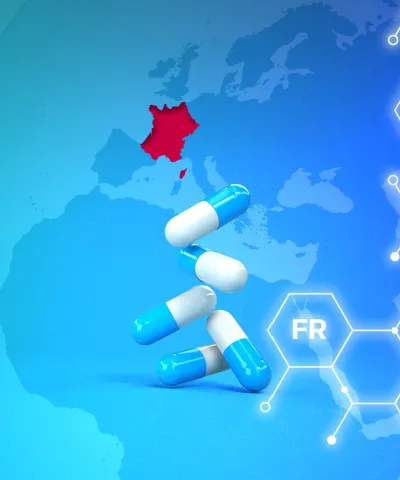China’s new dual-channel policy will have a serious impact on how manufacturers deal with pharmacies and hospitals in the country. Industry experts Lillian Li, Simon Yin, Jodie Zhou, and Fan Chen outline the details of this policy, and advise manufacturers on how to adapt their strategies accordingly.
With the initial establishment of the National Reimbursement Drug List (NRDL) annual update mechanism, new drugs now have the chance to enter the NRDL soon after launch. However, as the main channel for drug sales, hospital formulary inclusion may be an access barrier at the regional level, resulting in delayed patient access.
Meanwhile, although innovative drugs available in direct-to-patient (DTP) pharmacies are increasing, patients may not be able to obtain public reimbursement for drugs purchased outside of the hospitals in many regions across China. Therefore, even with faster NRDL inclusion, patients still face the challenge of accessing reimbursed innovative drugs.
The dual-channel policy
In order to improve patients’ access to NRDL negotiated drugs via both the hospital channel and the DTP pharmacy channel, China’s National Healthcare Security Administration (NHSA) and National Health Commission (NHC) published the “Dual-Channel” policy in May 2021. This policy provides the following main guidance:
- Accelerate the listing process of NRDL negotiated drugs: Provincial Healthcare Security Administrations (pHSAs) should evaluate local clinical needs and publish a “Dual-Channel Drug List” (DCDL) accordingly. Hospitals and designated DTP pharmacies should prioritize listing of drugs on the provincial DCDL
- Improve reimbursement coverage of DTP pharmacies: Increase the number of qualified and designated DTP pharmacies. Encourage designated DTP pharmacies to provide drugs included in the DCDL. Implement the same reimbursement rate for DCDL listed drugs in both designated DTP pharmacies and hospitals
As of October 2021, more than 10 provinces have published their DCDL and/or the list of designated DTP pharmacies. Even though the details of these local policies may be different across regions, the implementation of “Dual-Channel” policy is expected to improve patient access nationwide in the near future.
Advice for manufacturers
With the wider implementation of the “Dual-Channel” policy at the local level, manufacturers ought to monitor local policy execution and update their distribution strategies accordingly.
For the hospital channel, manufacturers may need to further engage with local HSAs for DCDL inclusion in order to secure accelerated hospital access for their products.
For the DTP pharmacy channel, manufacturers should increase the resources allocated to strengthen collaboration with DTP pharmacies and to secure this emerging drug distribution supply chain.








